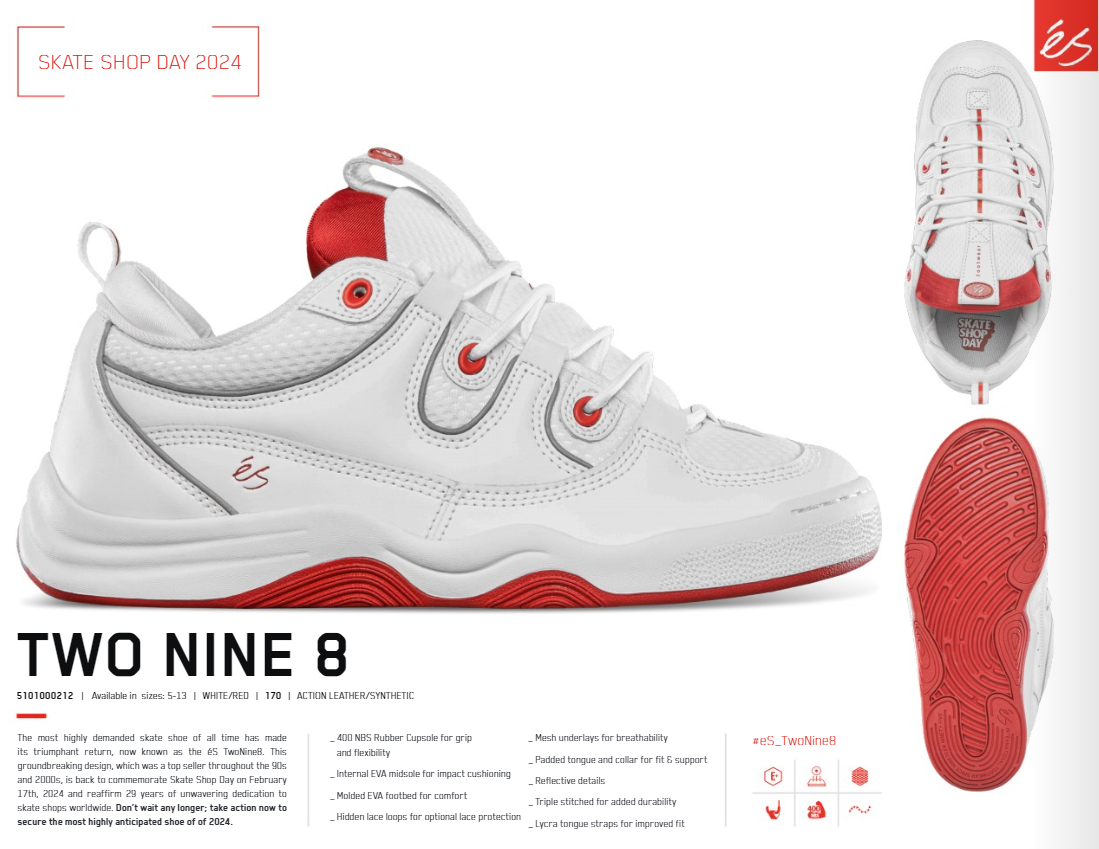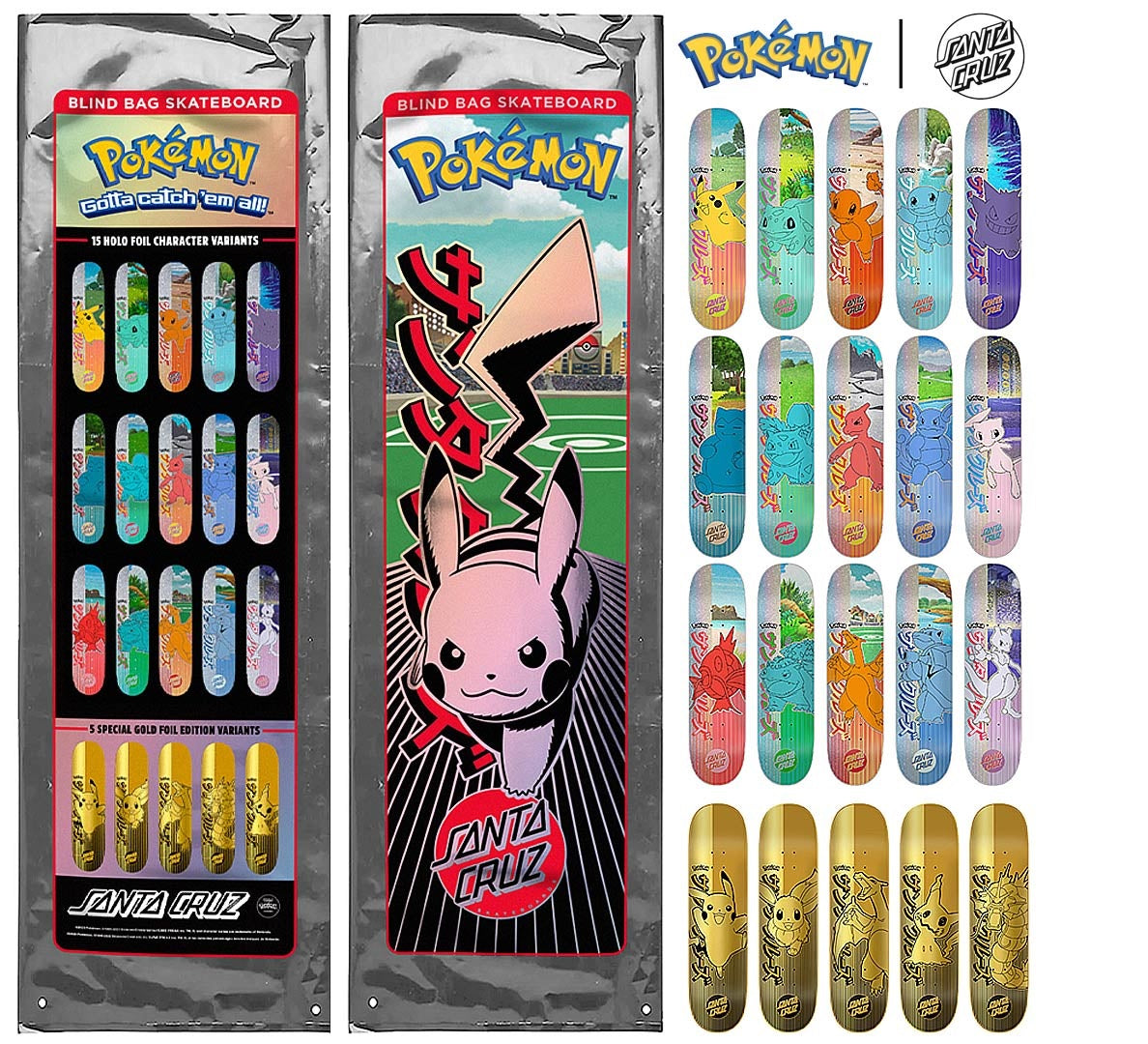5 Things to Consider When Buying Skateboard Trucks
One of the biggest joys of skating is getting to build your own deck and customize each part to your needs. Aside from a deck and wheels, you’ll need a set of trucks, the metal axles that connect the wheels to your deck. This part is small but complex and one of the most important. Not sure where to start? Read our guide to learn how to select trucks for your deck.
1. Know Your Style
Before you start shopping around for trucks, you need to take a minute to consider some specifics of your skate technique, since the kind of trucks you pick can have a big influence on helping or hindering your ride. Is your style super-technical, or laid-back? Are you a beginner? Do you ride a cruiser with big wheels? Your answers will be key in choosing the best trucks for your deck.
Also, if you’re looking to improve your deck, make a note of the problems you’ve been encountering. Does your deck sometimes hit a wheel, stop it from spinning, and send you flying? That’s called “wheel bite,” and can be reduced by changing your trucks setup.
2. Hang Tight, or Get Loose?
Truck tightness determines the movement of your board. There are two components that affect truck tightness: bushings and the kingpin. Bushings are the rubber cushioning of the truck, and come in varying degrees of stiffness. Harder bushings make for less movement than soft ones. If your skate style involves a lot of precise tricks, stiffer bushings are for you. They’re also appropriate for beginners who are still gaining their balance on the board. For easy movement when cruising or carving the streets, looser bushings are a good option. Remember wheel bite? This issue is caused by trucks that are too loose and you can help prevent this by using a stiffer bushing. Speed wobbles are another issue that can be related to your truck setup. You can help battle speed wobbles with a harder bushing setup but be warned: if your bushings are too stiff it can be difficult to keep the board under your feet during quick turns. The rider turns in one direction and the board may not be able to turn quick enough causing him/her to lose control. Bushings are something that need to be experimented with to find out exactly what works for you and your riding style.
The second part that affects tightness is the kingpin, the metal screw that holds the truck together. While an important part, it can be easily adjusted, so it’s not as crucial to your buying process as the bushings are.
3. Pick an Ax(le) to Grind
The hanger is another important part to consider when choosing your trucks. The hanger is the metal bar that holds your wheel axle in place, and is the largest part of the truck. Since this is the part that makes contact with hard surfaces like railings when you grind, you’ll want to look for something made of durable material like aluminum or titanium. Weight is also an important factor. Titanium has the highest strength to weight ratio of any metal and is 40% lighter than steel.
Trucks should weigh between 10 to 13 ounces, but there are also lighter trucks available, like Tensor trucks.
Axle width is a key detail of your trucks. Your axles should be at the appropriate width for your board, which usually means that they will end about ¼” from the edge of your deck. Different manufacturers mark their axle sizes in different ways, so read the size details carefully to avoid unnecessary headaches. We made it easy for you to choose the right size when shopping with us. When looking for a new set of trucks just filter by board width.

This will ensure you select the right size trucks for your board.
4. Check Your Height Before You Bite
Trucks come in three heights, or profiles, meaning the hanger’s distance from the deck. Low trucks are best for technical skating, mid profiles are a good all-around choice if you don’t have special considerations, and high profiles are suited for big wheels, like the kind on cruising-style boards. High trucks also help to avoid wheel bite if you choose looser trucks that cause the deck to wobble.
Choosing your profile wisely is the best way to ensure the correct general height, but you can make adjustments later by tightening or loosening the kingpin and adding rubber risers between the baseplate of the truck and the deck. This will allow for bigger wheels on lower trucks, just make sure your hardware is 1" or longer.
5. Don’t Be A Cheapskate (Sorry, We Had To)
As you might have gathered, trucks are a huge influence on your ride, so do yourself a favour and do your research, take your time, and don’t sacrifice quality for lower prices. Investing in solid trucks from a reputable company is the best way to go—trust us, your patience will pay off every time you ride.




